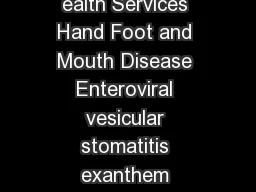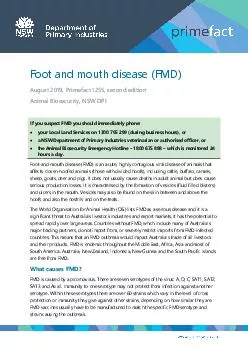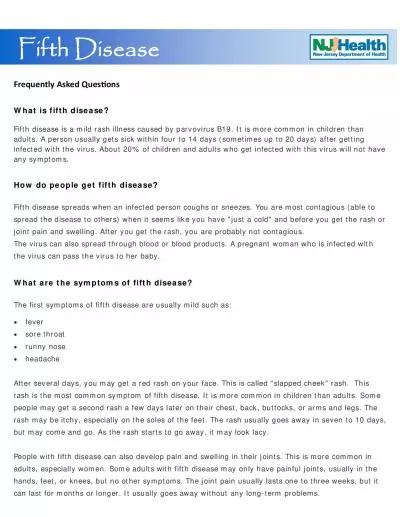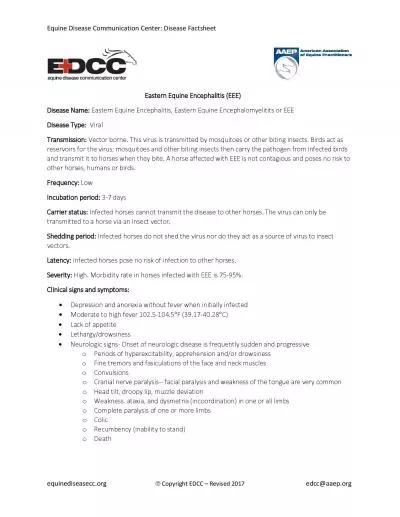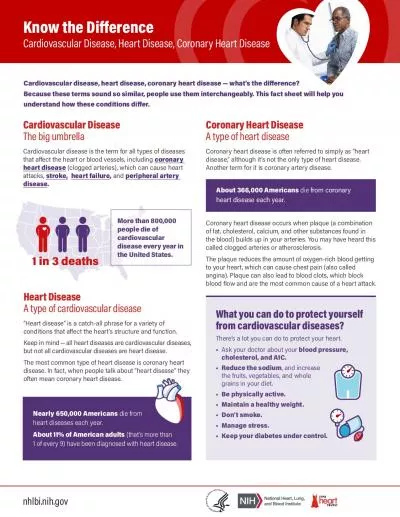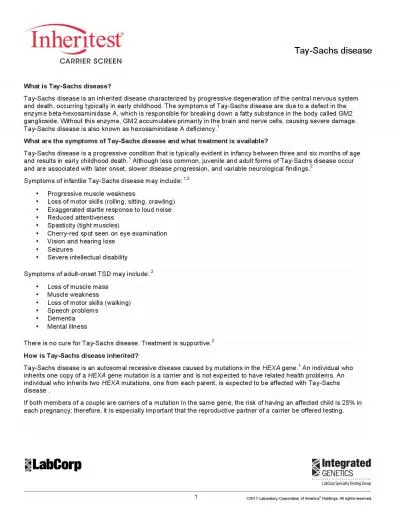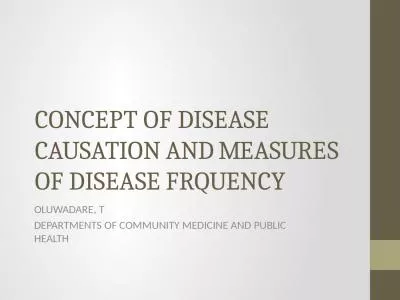PDF-Sever146s Disease
Author : kylie | Published Date : 2022-08-16
What is Sever146s Disease Sever146s Disease also known as calcaneal apophysitis is when the growth plate of the heel bone becomes irritated and in31amed This growth
Presentation Embed Code
Download Presentation
Download Presentation The PPT/PDF document "Sever146s Disease" is the property of its rightful owner. Permission is granted to download and print the materials on this website for personal, non-commercial use only, and to display it on your personal computer provided you do not modify the materials and that you retain all copyright notices contained in the materials. By downloading content from our website, you accept the terms of this agreement.
Sever146s Disease: Transcript
Download Rules Of Document
"Sever146s Disease"The content belongs to its owner. You may download and print it for personal use, without modification, and keep all copyright notices. By downloading, you agree to these terms.
Related Documents


